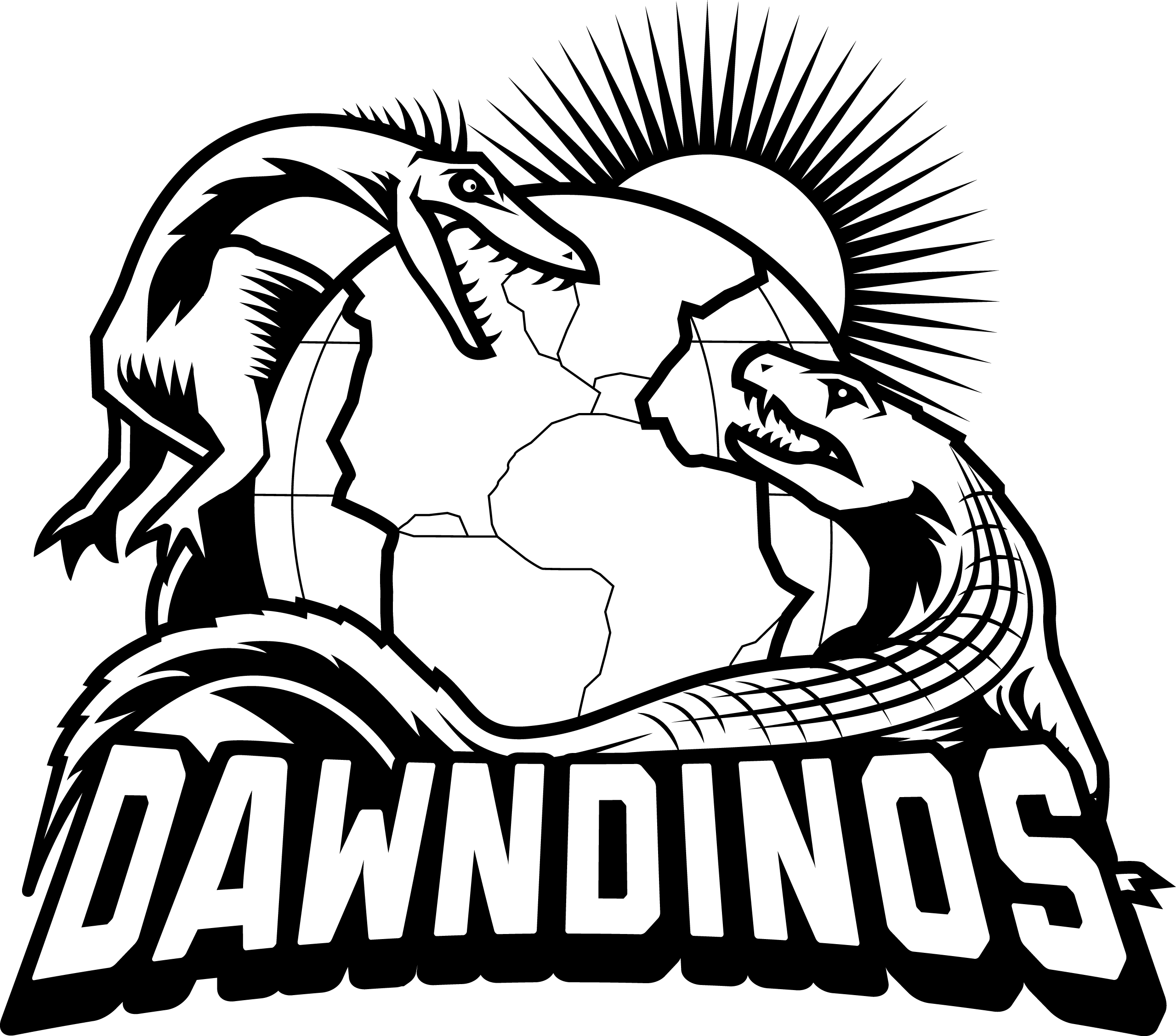
National Biomechanics Day is a world-wide celebration of biomechanics in its many forms!
To celebrate with us try the activity below that explores how palaeontologists determine the posture of extinct organisms. We are delighted to debut Dr Delyle Polet’s “Dinosaur-Balancing Game” for this activity!
See if you can find a stable posture for a two-legged (bipedal) dinosaur and a four-legged (quadrupedal) Rauisuchian. The link to the tools for this game can be found below in Part 1 (Help Batrachotomus stand!) and Part 2 (Help Coelophysis stand!)
Check this out and have fun today celebrating the world of biomechanics!
Principles of Balance
Before we start the activity let’s have a quick look at the principles of balance. Static balance of a free-standing object is quite simple: keep the centre of mass above the base of support!

On the left, a person stands with their centre of mass above their feet, or base of support. On the right a person is leaning, and their centre of mass is ahead of their feet, or base of support. This second person is falling over!
Using this principle, what can we say about the ease of balancing in a biped (animal that stands on two legs) compared to a quadruped (animal that stands on four legs)? Compare the bipedal Coelophysis (A) to the quadrupedal Batrachotomus (B) below.
Which animal has the wider base of support? Answer: Batrachotomus
Which would be easier to push over (all other things being equal)? Answer: Coelophysis

Let’s test these ideas in simulation. What positions could Batrachotomus and Coelophysis have reasonably taken during standing? How do we know if one is quadrupedal or bipedal?
Part 1: Help Batrachotomus stand
- Go to https://www.dtpolet.com/batrachotomus-standing-game
- Use the sliders to adjust the angle of various joints.
- When you are happy with your configuration, click “Run / Reset” once to drop the animal.
- Did it stand without falling over? How stable is it? Pick up the box and try pushing on its head or tail. Try throwing the box at the animal. Does it fall over? Answer: You should find it very easy to get Batrachotomus standing on four legs.
- If you want to try again, click “Run / Reset” again so the tick box is deselected. Do not refresh the page, or the sliders will reset!
- Once you’re happy with your reconstruction, take a screenshot and share it in chat!
- If you found that too easy, try balancing Batrachotomus on just one set of legs.
- Can you do it? Answer: This is possible, especially if metatarsal angle is large, making a plantigrade foot.
- Even if it could balance on hind legs, we are confident Batrachotomus moved quadrupedally. What other clues do you think palaeontologists use to test if an animal is quadrupedal? Answer: Relative size of limbs, ability to plant hands on ground, reasonable joint angles in standing, favourable mechanical advantage in standing.

Part 2: Help Coelophysis stand
- Go to https://www.dtpolet.com/theropod-standing-game
- As before, use the sliders to adjust joint angles, and select “Run / Reset” to drop the animal
- Deselect the “Run / Reset” box to make further adjustments. Do not refresh the page unless you want to reset the sliders.
- There are fewer sliders, but you might balancing the biped to be much harder than the quadruped.
- Once the animal is standing, how easy is it to knock over? Pick up the box and press on the head and tail. What happens when you throw the box at Coelophysis? Answer: Getting the biped to stand should be much more difficult. You may find some interesting, divergent solutions. The biped should be much less stable; easier to push over.
- If bipeds are easier to knock over, why would this form evolve? What are some advantages to walking or running on two legs? Answer: Freeing hands for grasping / fighting / display. Take advantage of CFL- better musculature for running. Maybe more manoeuvrable on two legs.

